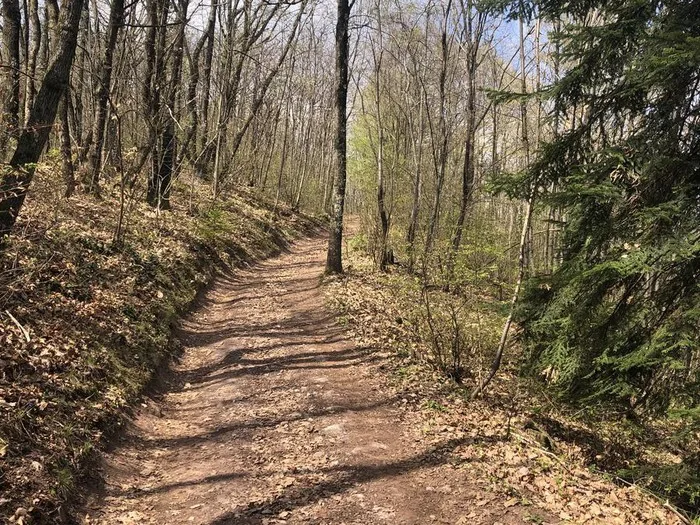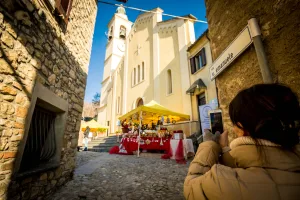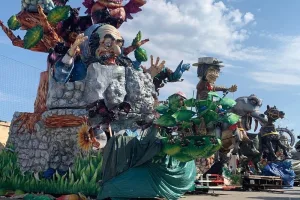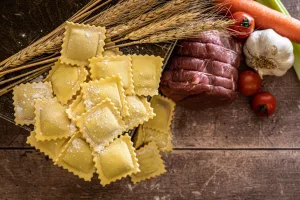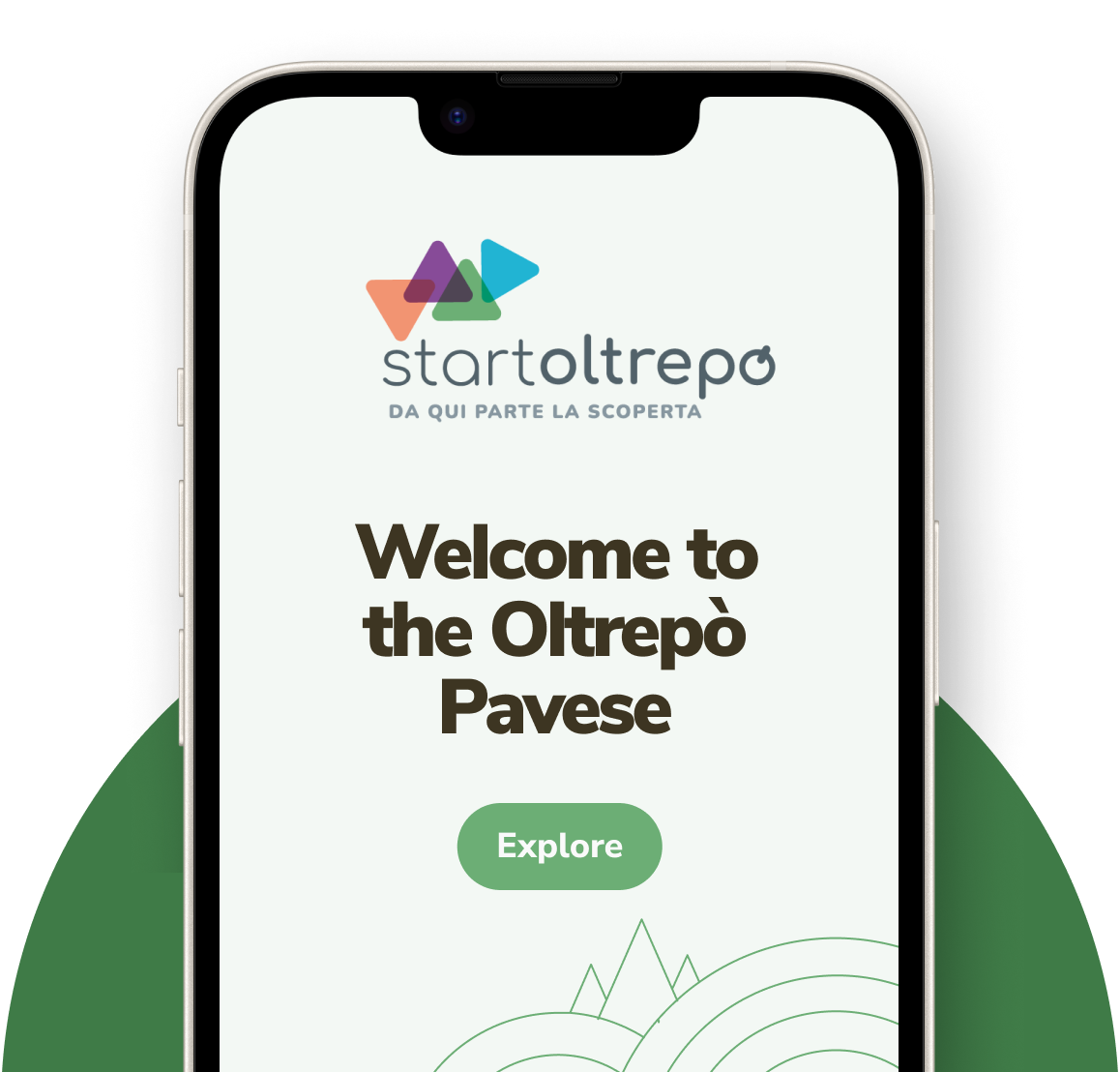A route that can also be travelled in winter, full of history and religiousness. In the 7th century, the Via degli Abati, also known as the Via Francigena di montagna, was used by the monks of the Abbey of San Colombano who had to go from Bobbio to Rome via Lucca. But it was also used by pilgrims, especially Irish pilgrims, who stopped at the tomb of Saint Columba on their way to the capital. The path, which followed the ridge of Mount Penice, also had another importance: the stretch from Pavia to Bobbio was the link between the capital of Italy and one of the most important cultural centres of northern Italy, where the monastery of Saint Columba was located.
A hidden history
The rediscovery of the ancient route from Pavia to Lucca, the Via degli Abati (Abbots' Way), is due to a Piacenza-based company manager, Giovanni Magistretti, at the end of the 1990s. His dedication and commitment helped to bring to light this important historical and spiritual route. Thanks to him and a number of associations, the route was promoted and included in the network of the Via Francigena. The rediscovery and enhancement of the Via degli Abati allows today's pilgrims to follow in the footsteps of Saint Columbanus and live a unique experience along this millenary route.
The Via degli Abati from Bobbio to Pavia, crossing the Oltrepò Pavese
Today's itinerary from Bobbio to Pavia starts from the Abbey of San Colombano and runs for 68 kilometres to the capital, Pavia. The route, after climbing along the Squera road and passing through the Sassi Neri, touches the Giardino di Pietra Corva in Romagnese, Praticchia di Pecorara, Grazzi di Romagnese, Trebecco, Caminata, Pometo, Ruino, Canevino, Francia di Montecalvo Versiggia, Cella Garlasco and Sannazzaro di Santa Maria della Versa, Castana, Colombarone di Canneto Pavese, Broni, Ponte Becca, Pavia.
The procession of Saint Columbanus
In the summer of 929, Abbot Gerlanno of Bobbio carried the remains of Saint Columbanus in a procession from the town of Bobbio to the church of San Michele in Pavia. This transfer of St Columba's relics was a symbolic and political act aimed at asking the king to protect the property of the Abbey of Bobbio, which was facing difficulties and threats from powerful local families and other religious bodies. Abbot Gerlanno therefore decided to travel to Pavia, the capital of the Kingdom of Italy at the time, to present the relics of Saint Columbanus and obtain royal support. The procession descended from Bobbio towards Romagnese, then reached Zavattarello, Canevino, descended the Val Versa and from Portalbera arrived in Pavia.
St Columba
St Columba was a missionary and abbot who founded several monasteries in the 6th century. He was born in Ireland around 540 and showed a strong religious vocation from an early age. After completing his studies at the monastery of Bangor (Northern Ireland), he decided to travel to continental Europe to spread the Christian faith. He arrived in France around 590, where he founded several monasteries that soon became renowned centres of study and spirituality throughout Europe. After some conflicts with the ecclesiastical and political authorities, Saint Columbanus went to Italy. Arriving in Pavia in 612, he placed himself under the protection of the Lombard king Agilulf, who was also an Arian, and Queen Theodolinda. It was thanks to them that he was able to build the monastery of Bobbio.
Patron saint of motorcyclists
On 23 November 2002, Saint Columba was proclaimed patron saint of motorcyclists in memory of his life on the road. A monument dedicated to motorcyclists with a statue of the patron saint has been erected at the Penice Pass, on the border between Emilia and Lombardy.





